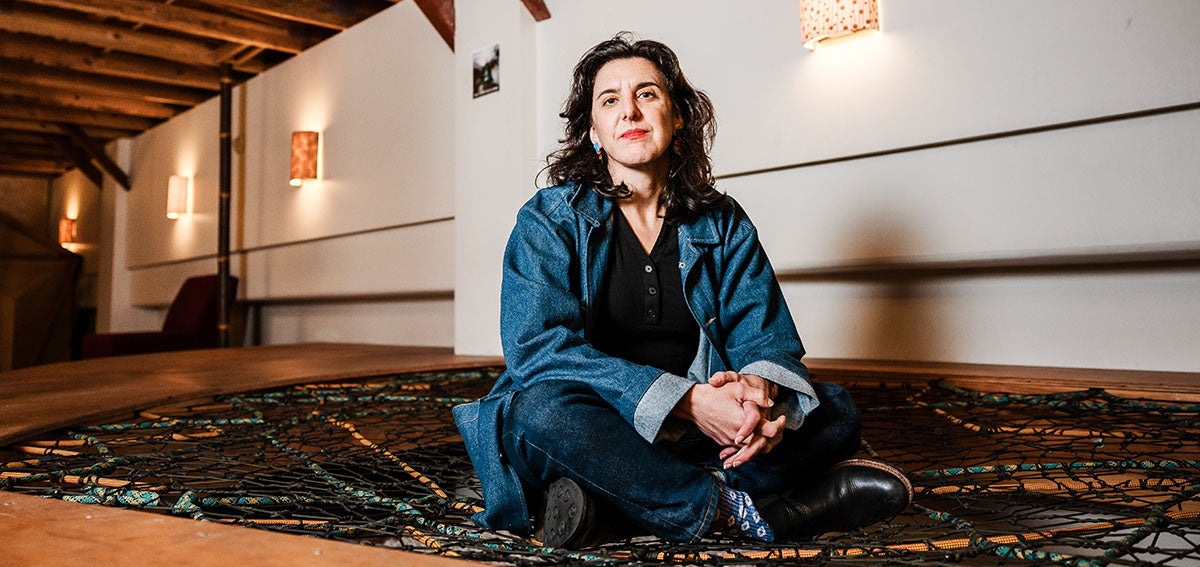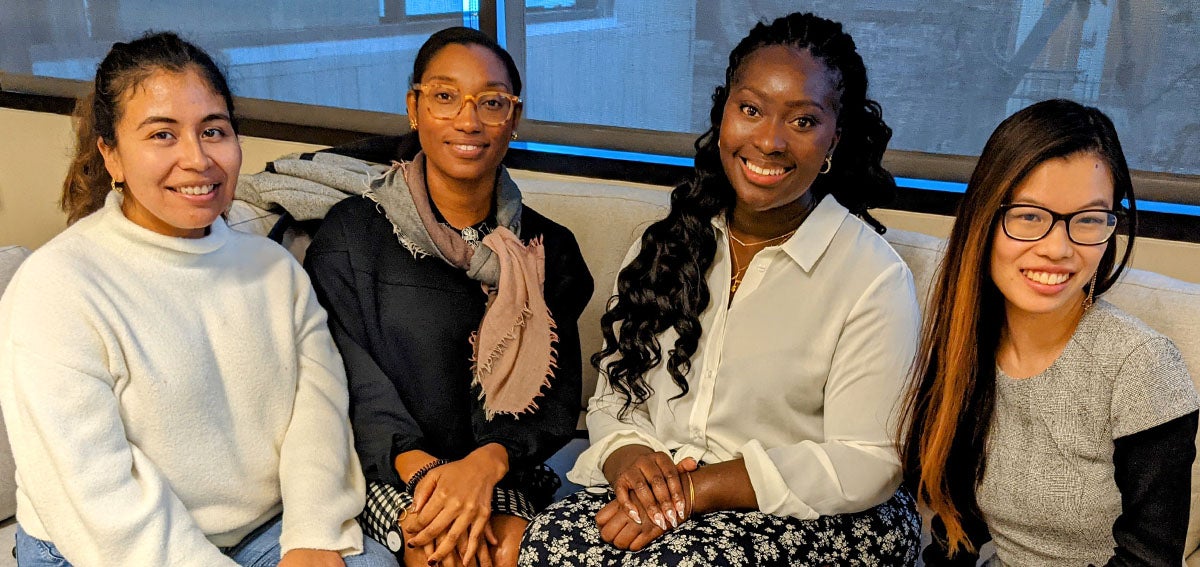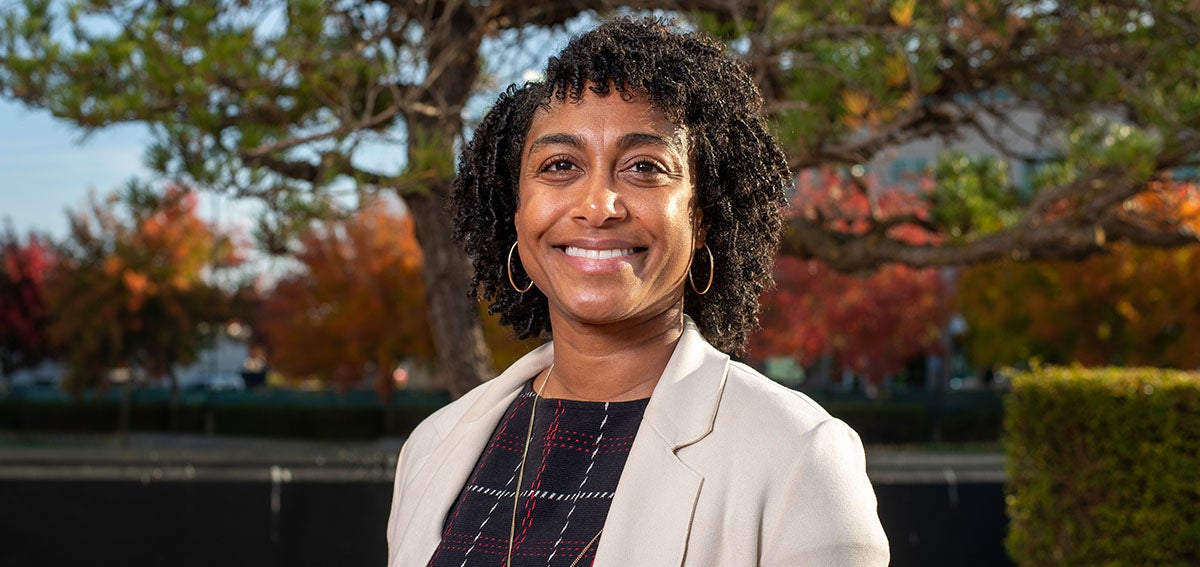
For many, coming home can be something to look forward to. But for those who have spent months, years, or decades away from their communities in prison or military service, it can be daunting — even deadly — to make the transition back into civilian society.

Every year, some 36,000 people are released from prison in California, and tens of thousands more from county jails. People involved with the justice system experience high rates of physical and mental health problems within complicated social contexts, and these complex health conditions can be exacerbated in the unstable period after their release from prison or jail. One study in Washington state found that the death rate of former inmates in the first two weeks after their release was nearly 13 times the average death rate of the general population.
There is growing recognition that the period right after an inmate’s release provides a crucial moment to intervene and connect an individual to health and social services. Thanks to Medicaid expansion in many states including California, formerly incarcerated people are now mostly eligible for Medicaid upon release. And in some places, community health workers who were previously incarcerated are helping recently released inmates get the care they need. New York Times contributor Patricia Leigh Brown profiled the Transitions Clinic Network, a national network of medical homes that has treated about 5,000 former inmates in 11 states and Puerto Rico. (The California Health Care Foundation is a funder of Transitions.)
Ronald Sanders is a Transitions community health worker, and his experience cycling in and out of prison helps him relate to his formerly incarcerated patients. He connects patients with addiction treatment, urges them to stay on top of chronic conditions, and helps them find affordable housing. “These streets can tear you up worse than prison,” Sanders said.
His constant presence in his patients’ ever-changing lives is key to maintaining their health. At In-Training, an online magazine for medical students, University of California, Riverside medical student Jericha Viduya writes that “without follow-up, many former inmates do not seek care until they end up in the emergency room with more expensive conditions that are paid for by hospitals and taxpayers.”
Helping Overlooked Women Veterans
Another group that rarely gets the help it needs in transition is women military veterans. The human cost is horrific, WUNC’s Jay Price found. “Female veterans are nearly 250% more likely to kill themselves than civilian women,” Price reported.
Growing concerns about the mental health of women veterans have led the military, the Department of Veterans Affairs (VA), and advocacy groups to test new strategies for intervening in service members’ mental health before it’s too late. One approach is to foster stronger support networks for women in the military. The Women Veterans Network (WoVeN) has started holding meetings for female veterans in locations across the US. WoVeN has support from the VA, which is using big data to flag at-risk veterans. Its system “analyzes more than 60 characteristics, including gender, age, geographic location, drug prescriptions, and medical history.”
The VA is also prioritizing care for a different group with complex health conditions: aging veterans. The Medical Foster Home (MFH) program provides dependent and chronically or terminally ill veterans with a community-based living arrangement so that they may “age in place.” The veterans are cared for by licensed caregivers, so-called “angels,” who live with and care for up to three veterans around the clock. The program is small because the VA has strict standards for foster home providers, but a study reported in California Healthline showed a 59% drop in VA hospital inpatient days and a 31% reduction in admissions among veterans who participate in the program.
MFH caregiver Joann West, who shares her home and time with two Vietnam War veterans, emphasizes the “care” in health care, saying, “It’s a lot of joy taking care of them. They deserve it.”
One More Thing . . .
For all you lexicographers, the AP Stylebook this week affirmed that health care is two words, not one!
Email me your story suggestions — or just to weigh in on the health care/healthcare debate.
Authors & Contributors






